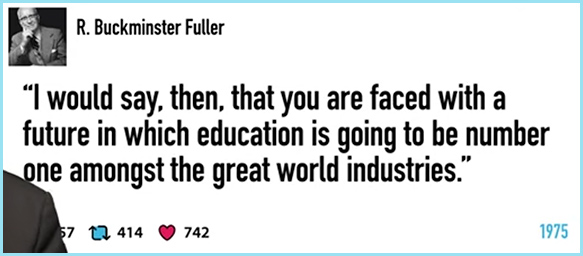The 5 Biggest Artificial Intelligence (AI) Trends In 2023 — from forbes.com by Bernard Marr
Excerpt:
Today, the technology most commonly used to achieve AI is machine learning – advanced software algorithms designed to carry out one specific task, such as answering questions, translating languages or navigating a journey – and become increasingly good at it as they are exposed to more and more data.
Worldwide, spending by governments and business on AI technology will top $500 billion in 2023, according to IDC research. But how will it be used, and what impact will it have? Here, I outline what I believe will be the most important trends around the use of AI in business and society over the next 12 months.
Also relevant/see:
- Press Art to Continue: New AI Tools Promise Art With the Push of a Button — But Reality Is More Complicated — from blogs.nvidia.com by Brian Caulfield
Creatives like Drew Leung are taking, and breaking, the latest AI tools, and, in the process, learning how they can make their work better. - State of AI Report 2022 — from stateof.ai by Nathan Benaich and Ian Hogarth
The State of AI Report analyses the most interesting developments in AI. We aim to trigger an informed conversation about the state of AI and its implication for the future.










